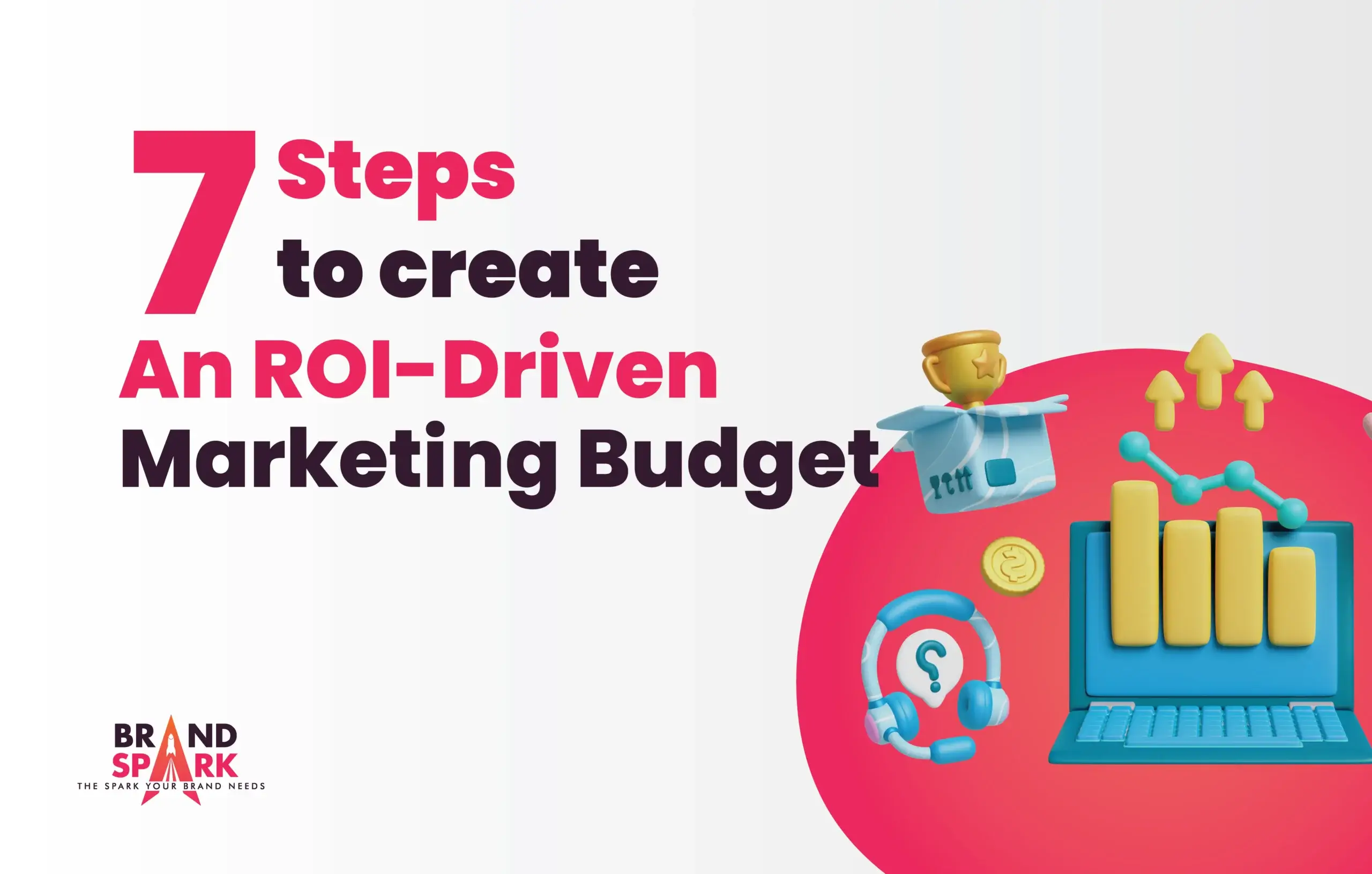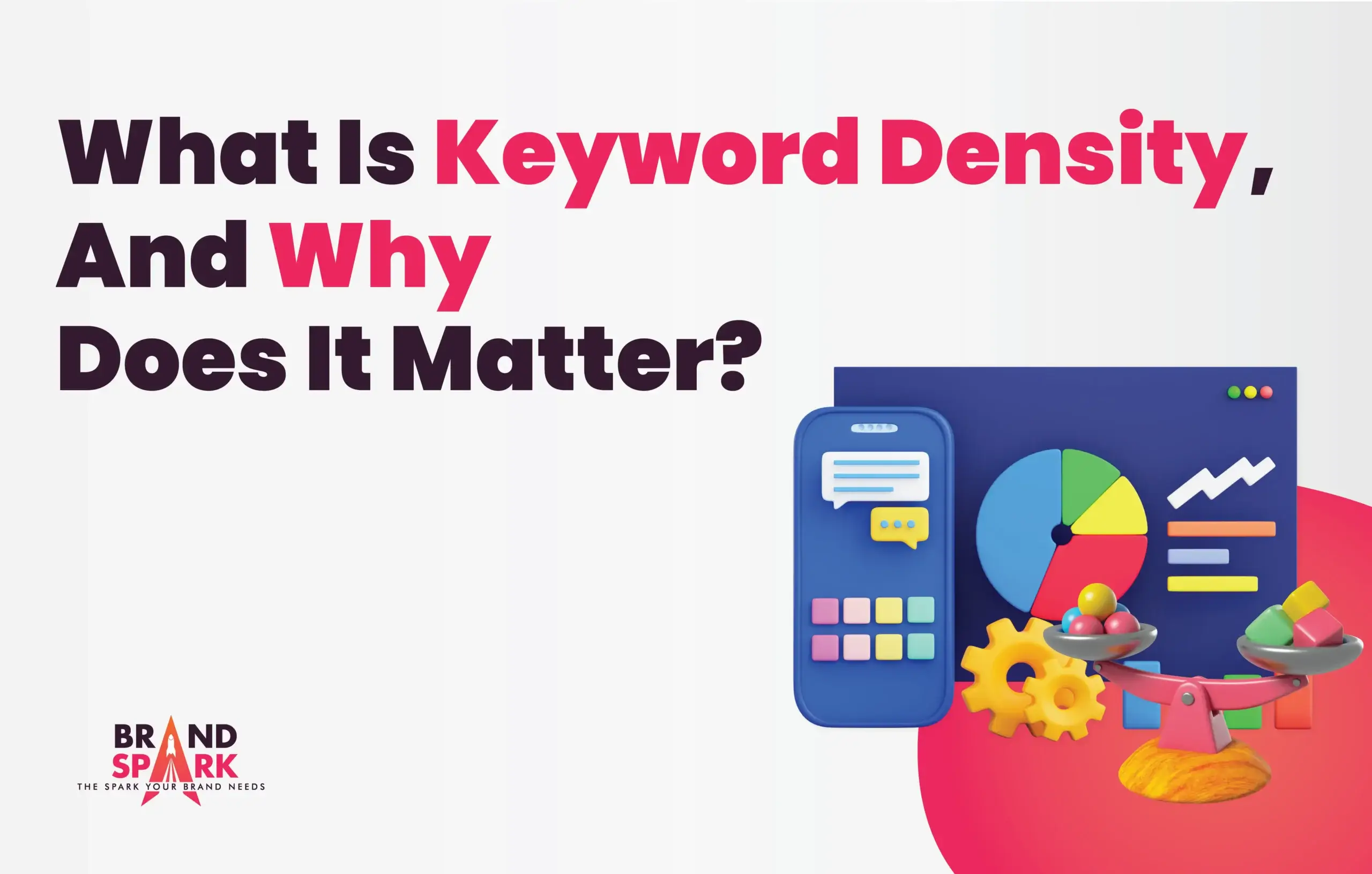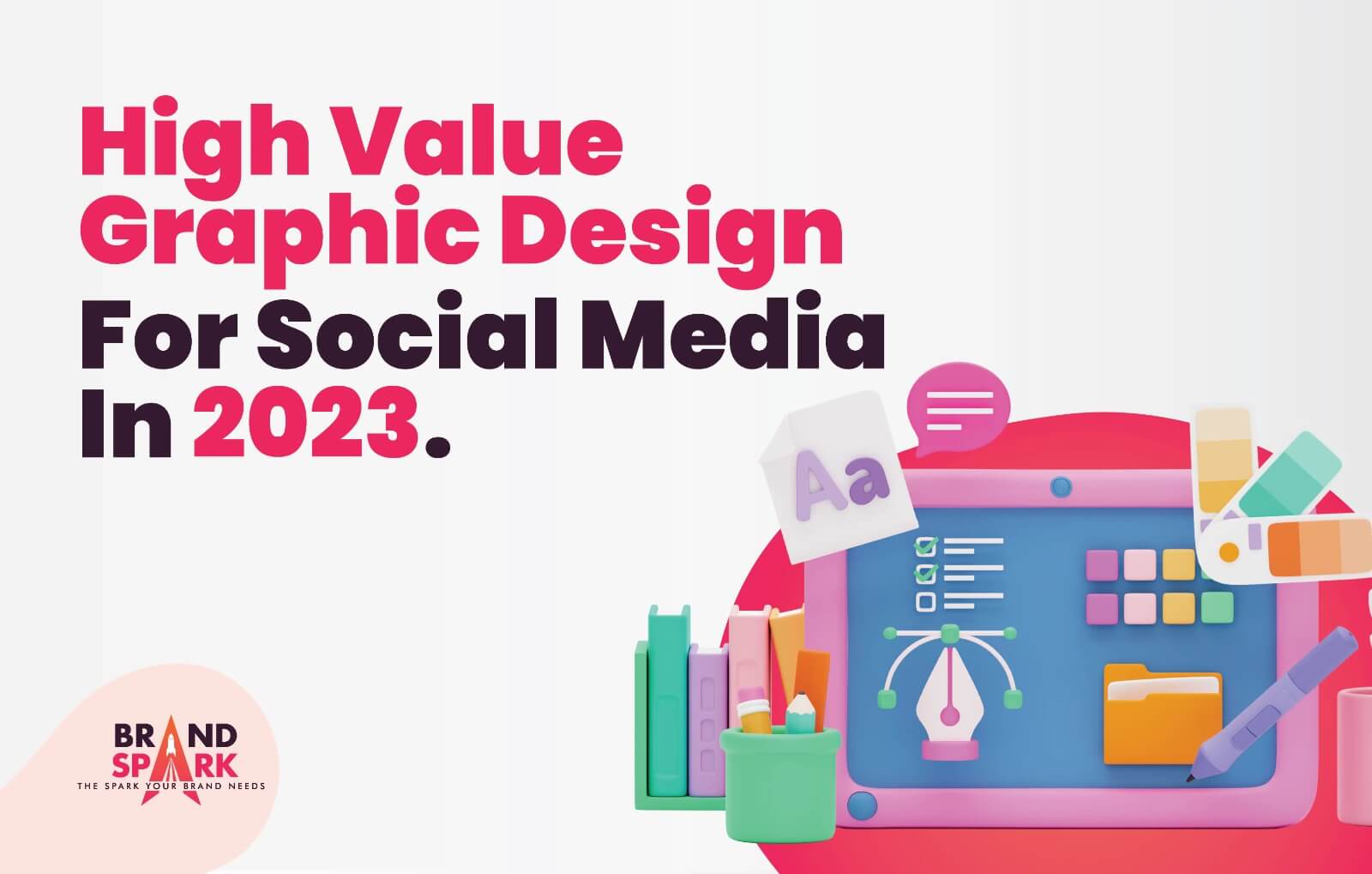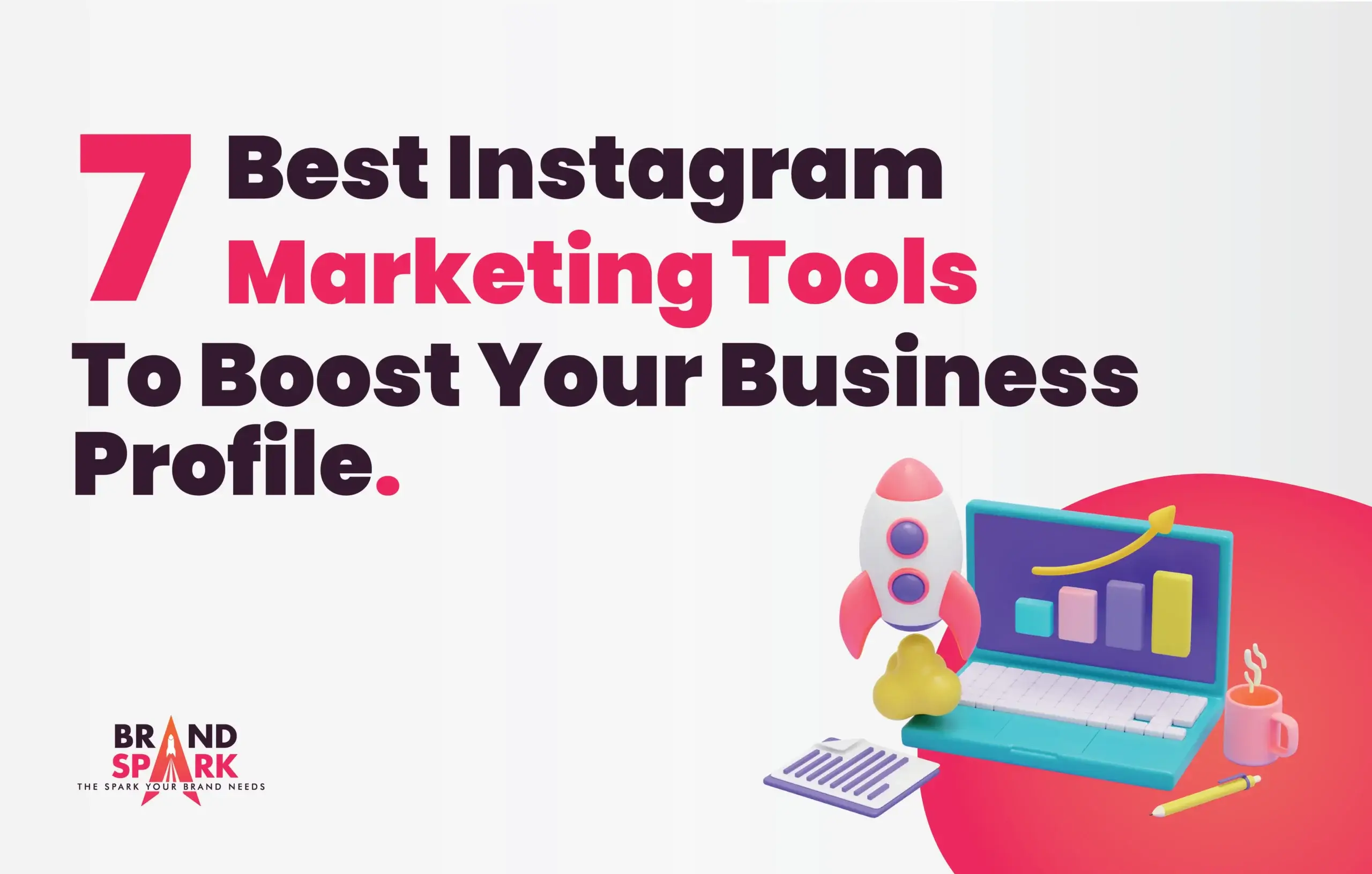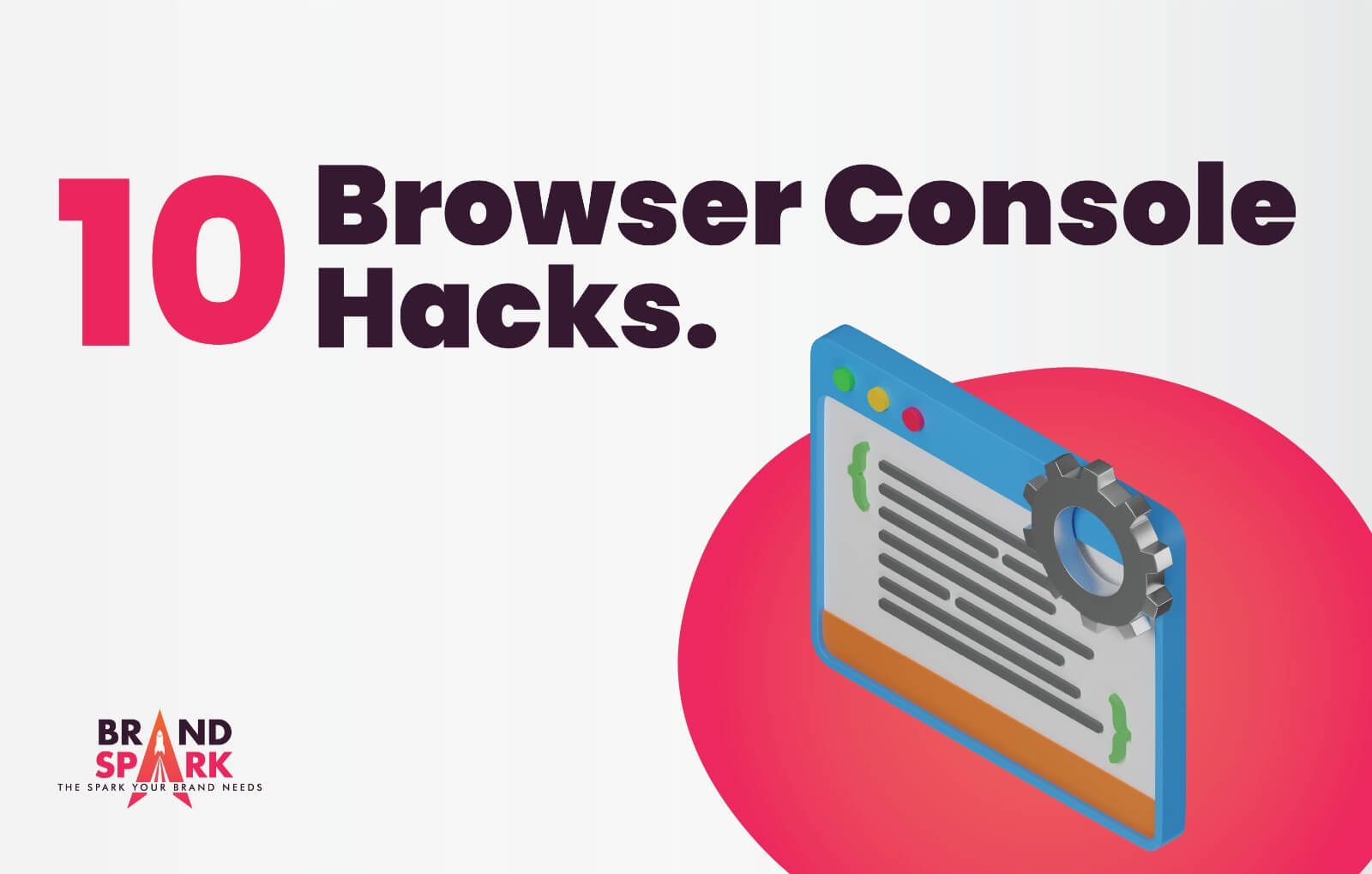In the dynamic landscape of social media, the visual appeal is paramount. As we delve into the intricate world of digital communication, the role of high-value graphic design for social media becomes more crucial than ever. In 2023, where content is king, the ability to capture attention, convey messages, and leave a lasting impression relies heavily on the quality and effectiveness of social media graphics.
1. The Evolution of Social Media Graphics: A Snapshot of 2023
The past decade has witnessed a remarkable evolution in the use social media graphics. From static images to dynamic multimedia content, platforms like Instagram, Facebook, Twitter, and LinkedIn have become visual storytelling arenas. In 2023, the demand for visually appealing and high-value graphics reached its zenith, shaping the digital narrative and setting new standards for engagement.
2. Visual Storytelling: Crafting Narratives That Resonate
In the era of information overload, users on social media platforms have developed a keen filter for what captures their attention. High-value graphic design transcends mere aesthetics; it becomes a medium for visual storytelling. Each graphic should convey a narrative, whether it’s the journey of a product, the ethos of a brand, or the essence of a message. In 2023, businesses are turning to graphic design not just as an embellishment but as a powerful tool to communicate compelling stories.
3. Branding Consistency Across Platforms: The Significance in 2023
In 2023, a brand’s presence on social media is often the first point of contact with potential customers. High-value graphic design ensures that your brand is represented consistently across all platforms. From Instagram posts to Facebook banners, maintaining a cohesive visual identity fosters brand recognition. Consistency builds trust, and trust is the foundation of any successful social media presence.
4. Infographics: The Power of Information Design
In the age of information, concise and visually appealing communication is key. Infographics, a form of information design, have become indispensable for breaking down complex information into digestible, shareable content. In 2023, businesses are leveraging infographics to present data, statistics, and processes in an engaging and easy-to-understand format, fostering both awareness and education.
5. Interactive Graphics: Engaging Your Audience
The year 2023 has seen a surge in the demand for interactive graphics. From polls on Instagram Stories to clickable infographics, fostering audience interaction is a trend that high-value graphic design is capitalizing on. Interactive graphics not only increase engagement but also provide valuable insights into user preferences and behaviors, informing future design strategies.
6. Typography Matters: Communicating Effectively in 2023
In the realm of social media graphics, typography is a silent yet powerful communicator. In 2023, the strategic use of fonts, styles, and sizes plays a pivotal role in conveying the intended message. Whether it’s crafting attention-grabbing headlines or ensuring readability on mobile devices, high-value graphic design pays meticulous attention to typography for effective communication.
7. Visual Consistency and Trends: Navigating the Design Landscape
Staying abreast of design trends is essential for maintaining visual relevance on social media. However, in 2023, it’s equally crucial to balance trendiness create with brand identity. High-value graphic design not only incorporates the latest design trends but also interprets them in a way that aligns seamlessly with a brand’s aesthetics. Striking this balance ensures that your graphics remain visually appealing and resonate with current design sensibilities.
8. Mobile-First Design: Optimizing for Accessibility
In 2023, the majority of social media users access platforms through mobile devices. High-value graphic design recognizes the importance of mobile-first design principles. Whether it’s creating graphics that are easily viewable on smaller screens or optimizing file sizes for faster loading, a mobile-centric approach is imperative for reaching and engaging the widest audience.
9. The ROI of High-Value Graphic Design: Driving Conversions
Beyond aesthetics and engagement, the return on investment (ROI) of high-value graphic design is measurable in terms of conversions. In 2023, businesses are investing in graphics that not only capture attention but also guide users through a journey, leading to desired actions. Whether it’s a click, a purchase, or a sign-up, high-value graphics are strategic assets that drive tangible results.
The Bottom Line
As we navigate the social media landscape in 2023, high-value graphic design emerges as a linchpin for success. It goes beyond mere embellishment; it becomes a language through which brands communicate, engage, and drive meaningful interactions. From visual storytelling to interactive graphics, the role of design is multi-faceted. In a year where digital presence is synonymous with brand presence, businesses that prioritize and invest in high-value graphic design are not just keeping up; they are unlocking the full potential of their digital narrative, creating a visual legacy that resonates with audiences in the years to come.

